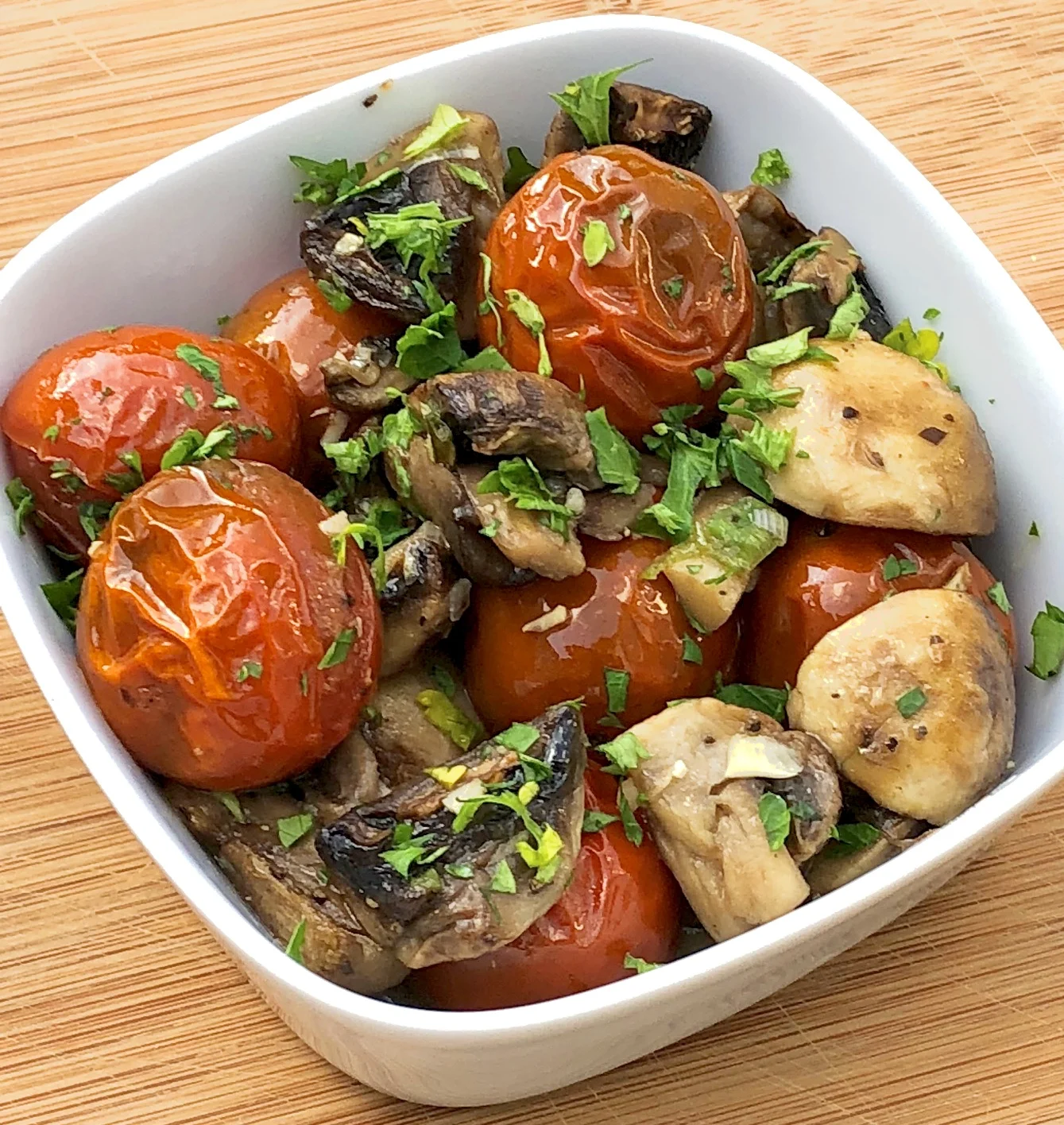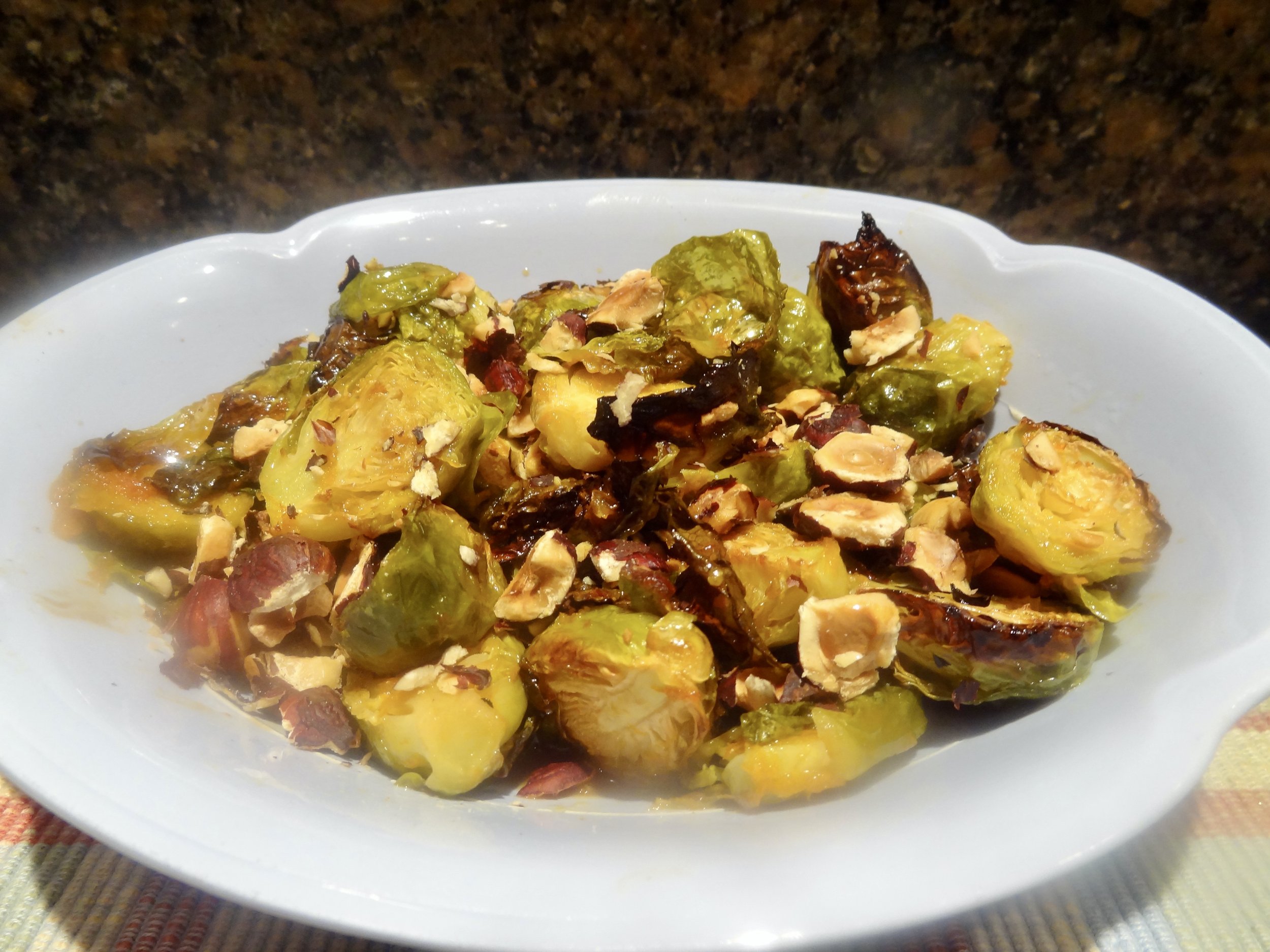White Asparagus
Spring has sprung which means asparagus is in season.
Okay, I sense that you’re thinking — “asparagus is always in season!”
And of course, it is. From somewhere. But there are two kinds that aren’t. First, the kind you can buy from local farms and farmer’s markets. And two, white asparagus.
Elegant-looking, white asparagus. It has a limited season. Like now.
I had a friend once, she has since passed away, and was quite a bit older than me (in fact, she was older than my parents). Her name was Ro Dekker and she was one remarkable woman. She and her Dutch-Jewish family escaped the Nazis in 1939 on the last ship that sailed to New York from Holland.
There is so much more I could say about her.
But I will simply relate this little story and maybe some other time tell you more about her.
Ro, who made dinner for us even when she was over 90 years old, told me that when she first came to this country she bought a bunch of green asparagus and purposely chose the spears that had large, white bottoms, which she cut off and cooked, thinking that this part was the edible part, like the white asparagus she had always cooked for her meals back home in Europe. She was upset that so much of the asparagus was green, and had to be discarded.
Of course she discovered that the white part was not at all like the white asparagus she was used to. And for the rest of her life she knew to buy all-green asparagus or at least to cut off and throw away that woody, inedible white part of green asparagus.
She also learned that for a few precious weeks a year she could get European white asparagus. Elegant, delicate white asparagus. And so she did.
Folks, white asparagus is very expensive. It’s a treat. An occasional treat for most of us. So treat it right.
Susur Lee, a chef with restaurants in New York, Toronto and Singapore says that white asparagus is his favorite ingredient because it is so gloriously sweet and tender. He says that treating it right means: peel the skin, which can be chewy, and don’t overcook. You can read the article here.
If you’re lucky enough to be able to buy white asparagus, keep the preparation simple. You can eat the spears uncooked, sprinkled with lemon juice or dipped in some flavored mayonnaise or vinaigrette.
Or steam or poach them quickly and add a sprinkle of butter or coconut oil.
Eat these hot or cold.
In memory of my friend Ro Dekker:
White Asparagus
1 pound fresh white asparagus
butter or coconut oil
lemon juice
chopped fresh tarragon, chives, thyme, parsley or dill
Trim about 1/2-inch from the bottom of each asparagus spear. Peel the skin (use a vegetable peeler) starting from about 1-1/2 inches down from the tip all the way to the bottom. Rinse the spears and place them in a saute pan. Cover with water. Bring the water to a boil over high heat. Lower the heat, cover the pan and simmer for 3-5 minutes, depending on the thickness of the spears, or until the spears are tender. Remove the spears and drain them. Place the spears in a serving dish. Top with a bit of butter or coconut oil. Sprinkle with lemon juice. Sprinkle with chopped fresh tarragon, chives, thyme, parsley or dill if desired. Makes 4 servings









